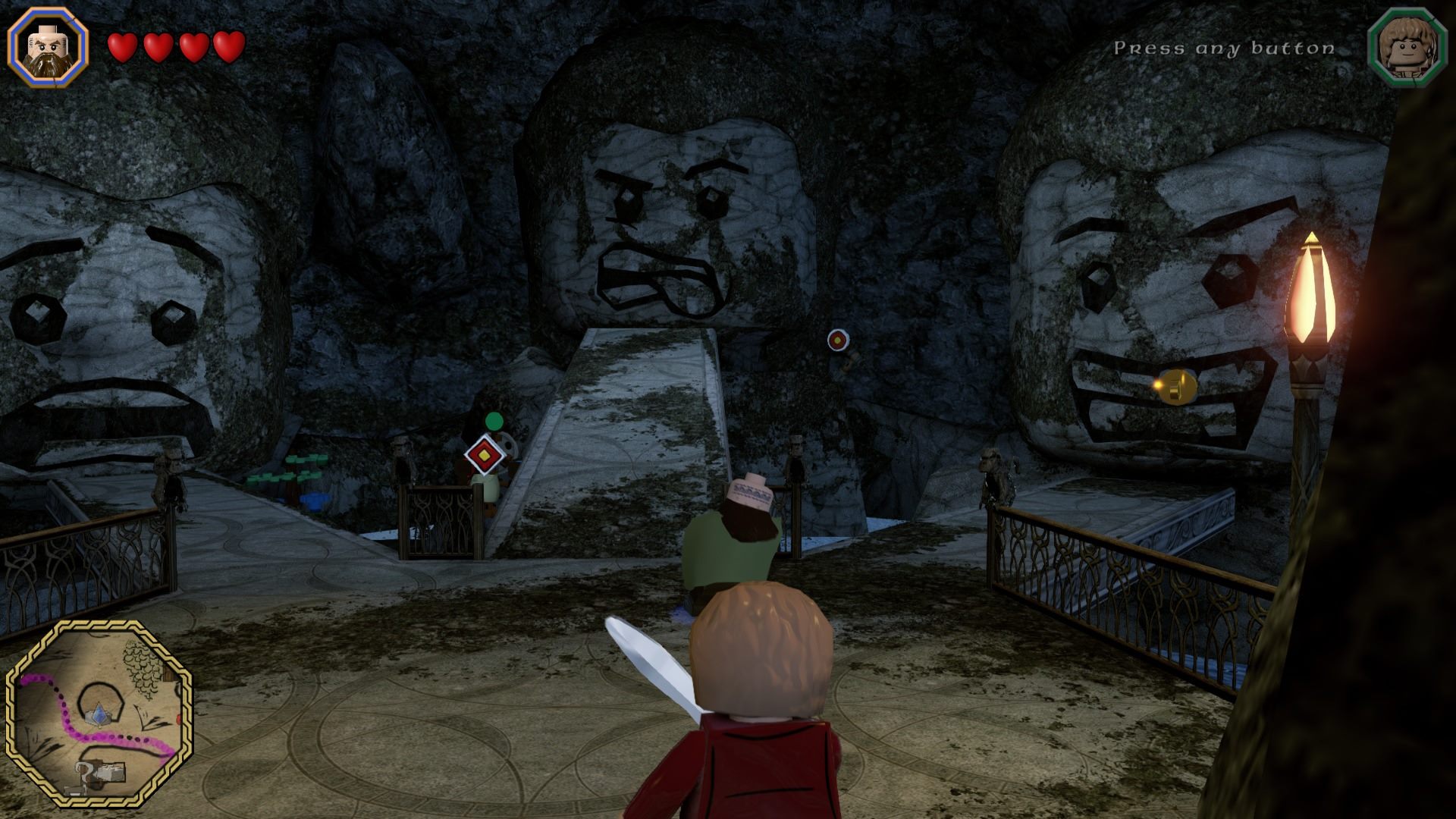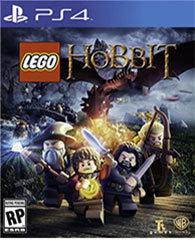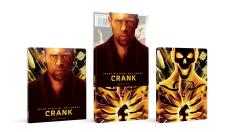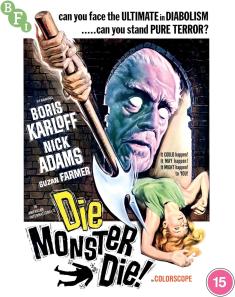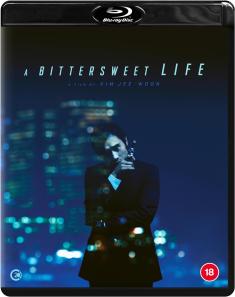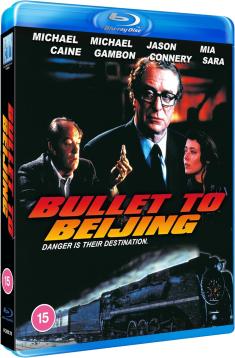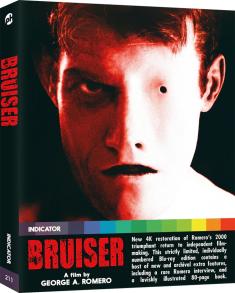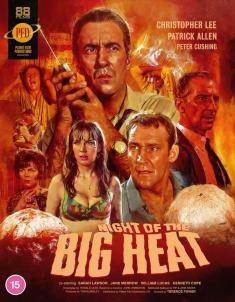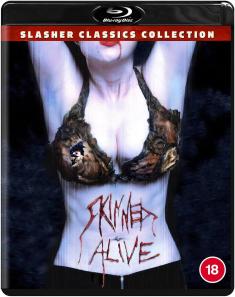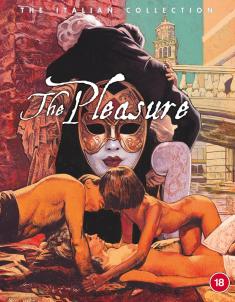Lego The Hobbit
Overview -
Not satisfied with delivering two 'Lego' titles in the past six months, 'Lego Marvel Super Heroes' and 'The Lego Movie Videogame,' Traveller's Tales and Warner Bros. bring audiences 'Lego The Hobbit.' With a rational extending from the rest of the production of 'The Hobbit' trilogy, 'Lego The Hobbit' allows players to directly play a 'Lego' game version of the first two 'Hobbit' films. Much like 2012's 'Lego The Lord of the Rings,' the game makes extensive use of the recorded dialogue and soundtrack of the movies as part of its top shelf presentation. But as is the norm for this popular series of games, the story levels are just a part of the overall package.
Video Review

Like the gameplay, the visuals suffer from a lack of polish and from some head-scratch worthy decisions. Though I would prefer that 'Lego' games have Lego environments, what's presented onscreen as lush a representation of Middle-earth as we've seen in games. While the in-game multiple-choice builds would have you believe that the game is always either brown or black, the game has broader range. Through night and day scenes, and with caves and hobbit holes, the game's lighting impresses on the PS4, using both a serious shadow depth and a Lego appropriate hard fall off to subtly highlight details in both the characters and environments.
The interplay between the relevant complexity of geometry, texture composition, and lighting comes together beautifully again and again with the run-in with Smaug being an obvious highlight that the game needed to deliver and did deliver.
Sadly, errant occlusion runs rampant. It doesn't come close to spoiling a given scene, but can be quite distracting once noticed.
Audio Review

Frankly, with the movie's five-star audio assets on board, the audio should be a slam dunk. It nearly is. Both in cutscenes and in game, several lines of dialogue can just come across of either too quiet to hear or otherworldly in delivery. The only in-game adjustment available is for music. This is likely due to a lack of proper audio mixing. All dialogue is audible with the right turn of the volume knob. In Smaug's case, he was so loud that I had to dramatically drop the volume.
One important augment to the story is the addition of narration by Christopher Lee. It's an interesting choice to say the least.
A separate issue beyond delivering the movie's story, is the voice acting for the NPCs. Specifically, many sidequests are issued and completed by indistinct NPCs; many of whom appear to be bearded female minifigs. In general, both their dialog and deliver is hammy and unpleasant, especially contrasted against the rest of the game.
Final Thoughts

With only two months removed from the release of 'The Lego Movie Videogame,' 'Lego The Hobbit' arrives as its own alternate recent movie tie-in. The game seems ripe for all sorts of small quality adjustments, and the de facto relegation of so much of the side content to post story is a bizarre choice. Even with theses qualms, the game delivers a grand 'The Hobbit' experience, that looks good and sounds better on the PS4. In either solo or co-op play, the story and side content is sure to entertain families in equal turns.
